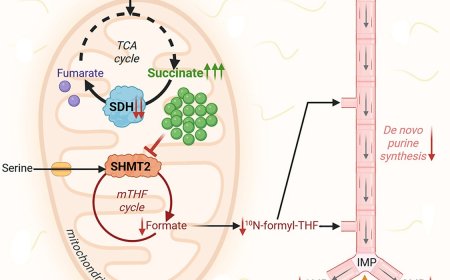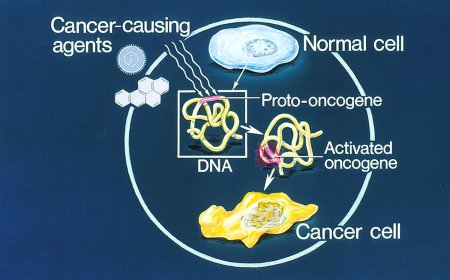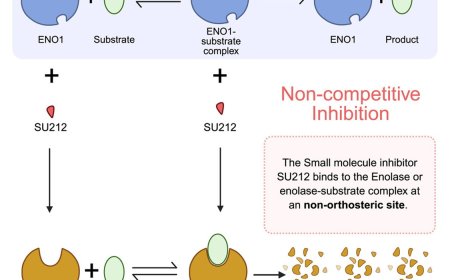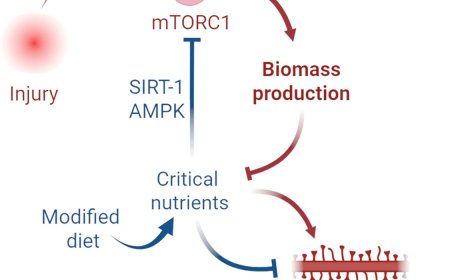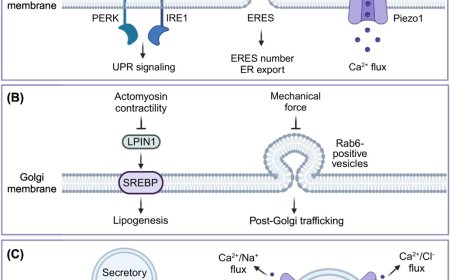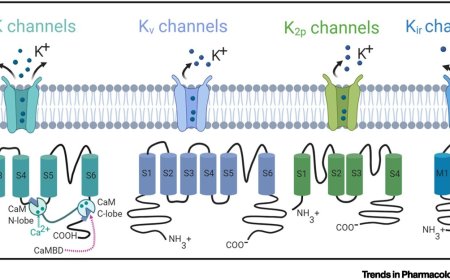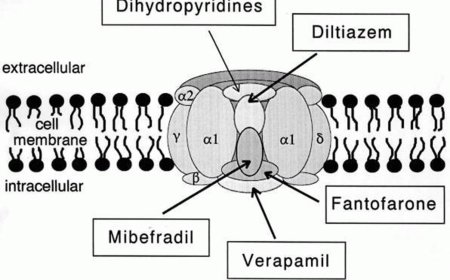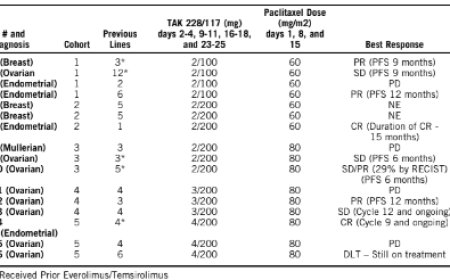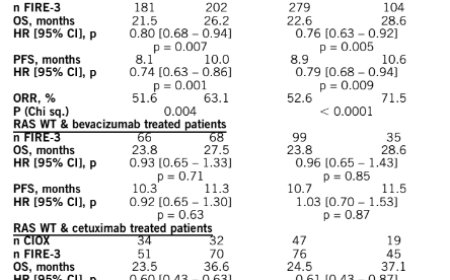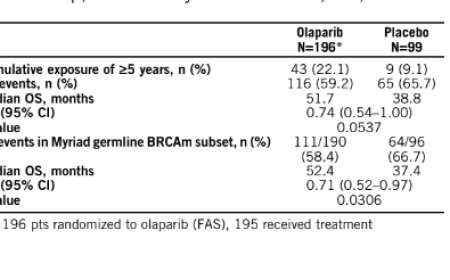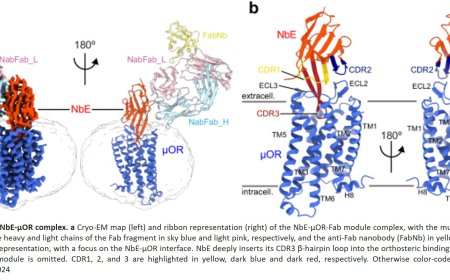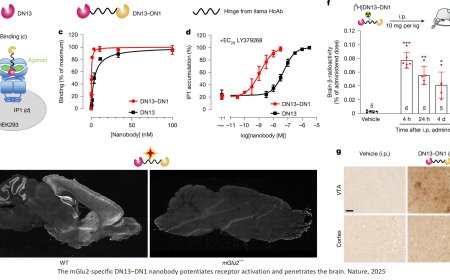How microglia engulf and break down amyloid beta
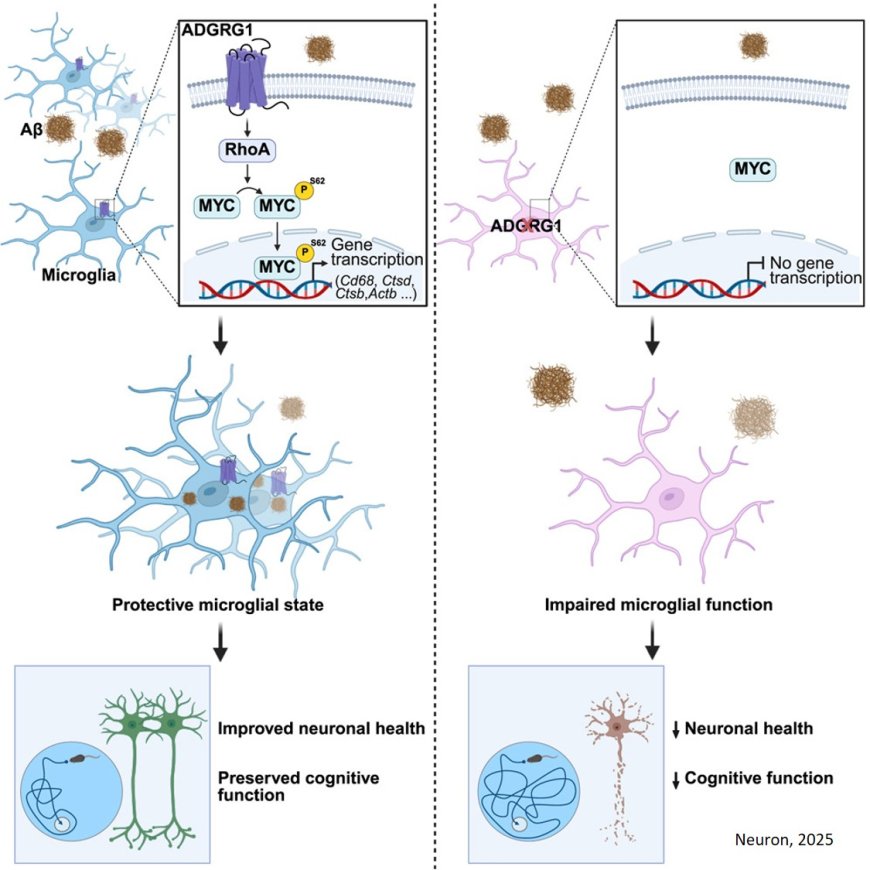
In Alzheimer’s disease, proteins like amyloid beta form clumps, known as plaques, that damage the brain.
But in some people, immune cells called microglia break down these proteins before they can cause harm. This leads to fewer and smaller clumps — and much milder symptoms.
Researchers identified a molecular receptor that enables microglia to gobble up and digest amyloid beta plaques.
Without the receptor, ADGRG1, the microglia barely nibbled on the toxic protein. Using a mouse model of Alzheimer’s disease, the researchers observed how the loss of ADGRG1 led to the rapid buildup of amyloid plaques, neurodegeneration, and problems with learning and memory.
“We think this receptor helps microglia do their job of keeping the brain healthy over many years,” said the author.
Indeed, when the researchers reanalyzed a prior study of gene expression in the human brain, they found that individuals who died of mild Alzheimer’s had microglia with abundant ADGRG1, and mild cognitive impairment — implying that the microglia ate well and kept the disease in check. But in those who died of severe Alzheimer’s, the microglia had very little ADGRG1, and the plaques proliferated.
ADGRG1 is one of hundreds of G protein-coupled receptors, which are routinely targeted in drug development. This bodes well for a rapid translation of the discovery into new therapies.
“Some people are lucky to have responsible microglia,” the author said. “But this discovery creates an opportunity to develop drugs to make microglia effective against amyloid-beta in everyone.”
